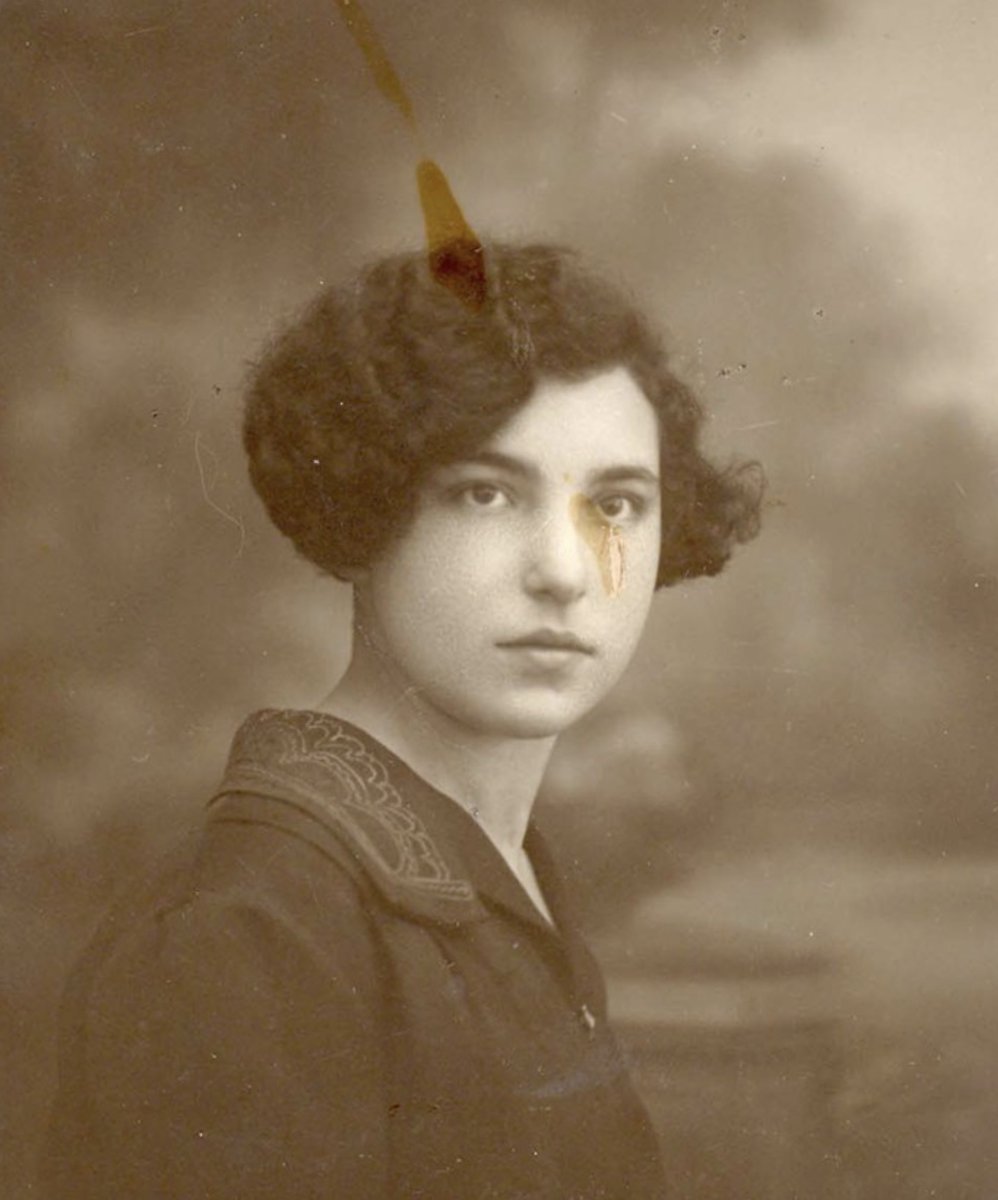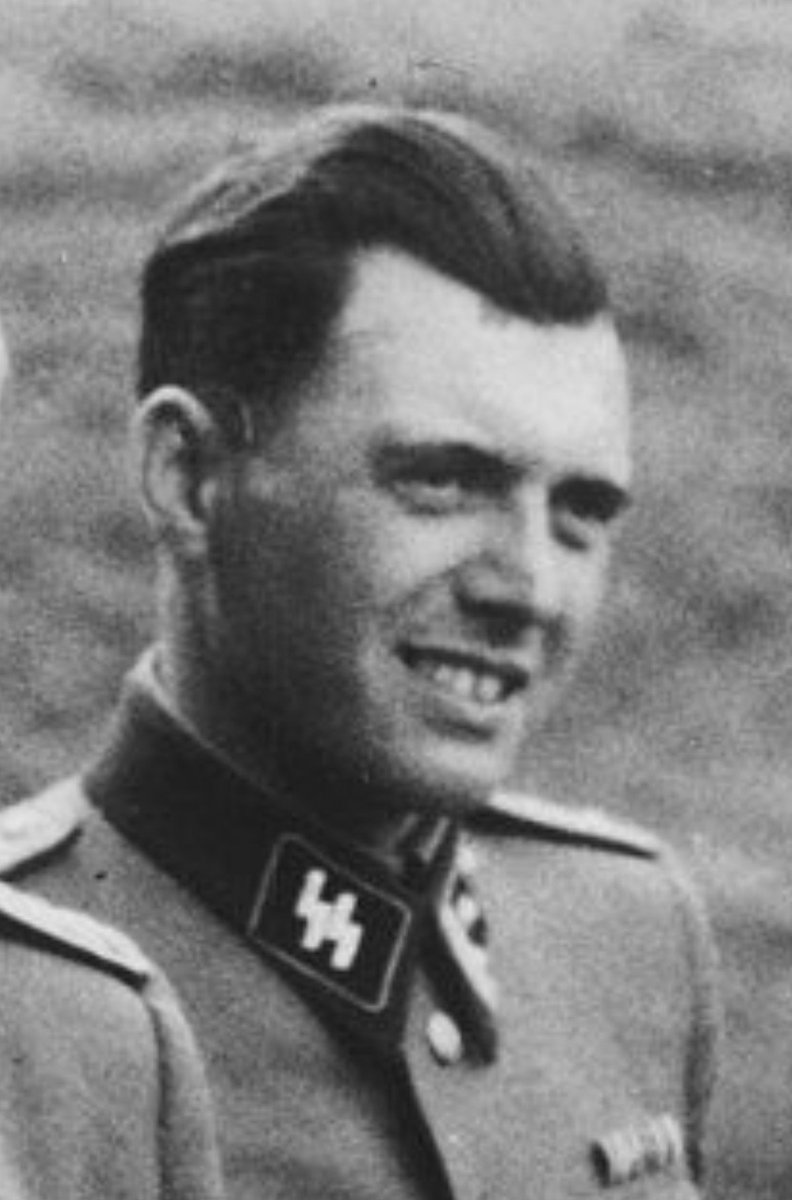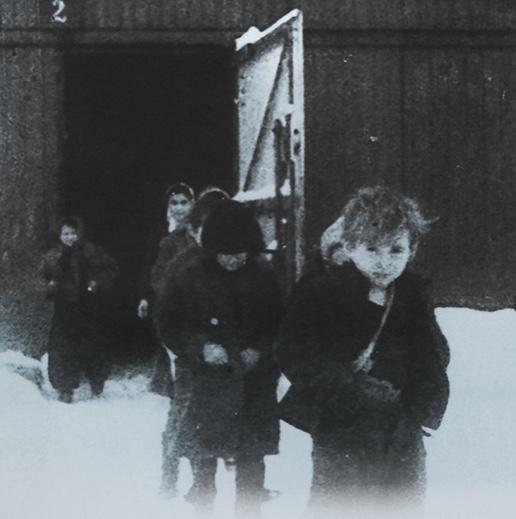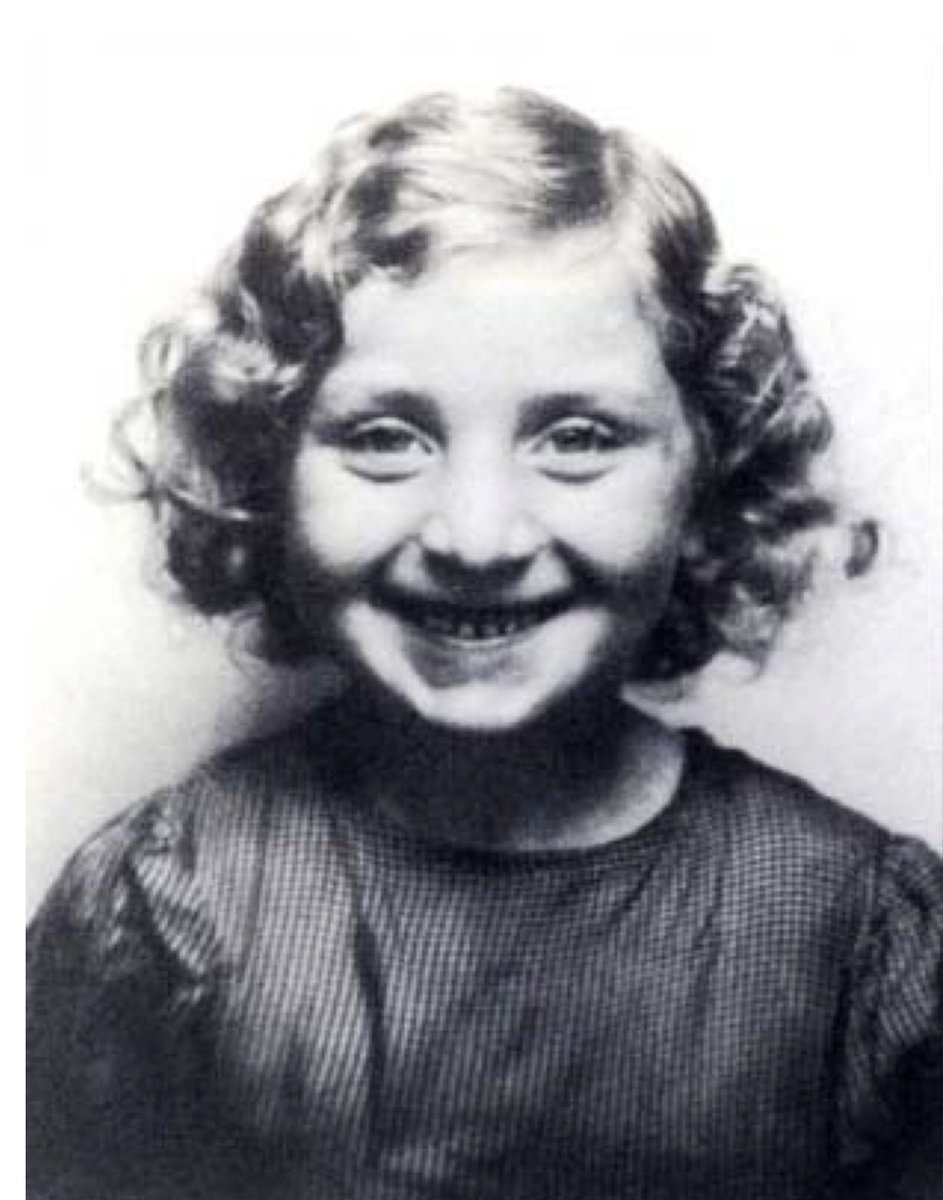
Even being awaken in the middle of the night, the prisoners needed to be able to provide their number in German.
Numbers allow us to give a specific date of deportation. There were several number series applied - separate for women & men, and also for various categories-groups.
Numbers allow us to give a specific date of deportation. There were several number series applied - separate for women & men, and also for various categories-groups.
https://twitter.com/auschwitzxhibit/status/1350159618178215938
The first 30 numbers were give to German criminal prisoners who arrived at the camp on 20 May 1940. The first number for a political prisoner - 31 - was given to a Pole - Stanisław Ryniak - who was brought with the I transport from Tarnów on 14 June 1940. 

Among the 400 thousand people who were registered in #Auschwitz as prisoners there were:
200,000 Jews
140,000 Poles
21,000 Roma & Sinti
12,000 Soviet POWs
9,000 Czechs
6,000 Belarussians
4,000 Germans
4,000 French
1,500 Russians
& others
200,000 Jews
140,000 Poles
21,000 Roma & Sinti
12,000 Soviet POWs
9,000 Czechs
6,000 Belarussians
4,000 Germans
4,000 French
1,500 Russians
& others
269k were men (118k Jewish, 109k Polish, 10k Roma, 12k Soviet POWs as well as Czech, Belarusian, German, French, Russian, Yugoslavian, Ukrainian & others.
131k were women (82k Jewish, 31k Polish, 11k Roma as well as Russian, Belorussian, German, French, Czech & Yugoslavian.
131k were women (82k Jewish, 31k Polish, 11k Roma as well as Russian, Belorussian, German, French, Czech & Yugoslavian.
After German invasion on the Soviet Union, the Soviet POWs were deported to Auschwitz. Their numbers began with a letter "R". Some 12,000 prisoners received numbers from this series.
"Z" series marked Roma and Sinti incarcerated in the camp from spring of 1943 (those deported earlier were registered in different categories). In total, 20 943 Roma were received "Z" numbers (10,094 male and 10,849 female).
Until 1944, Jewish men and women were given numbers from general series. In May 1944, the camp authorities decided to distinguish all Jewish prisoners with a separate system of numbers that began with a letter starting from "A"
From May 1944 until the end of the camp's functioning, there were:
- 20,000 numbers with a letter "A" for Jewish men
- 15,000 numbers with a letter "B" for Jewish men
- 30,000 numbers with a letter "A" for Jewish women
- 20,000 numbers with a letter "A" for Jewish men
- 15,000 numbers with a letter "B" for Jewish men
- 30,000 numbers with a letter "A" for Jewish women
Correctional prisoners (Erziehungshäftlinge) were marked with a letter "E" or "EH". The men and women with this category were theoretically incarcerated for the period of 6 - 8 weeks. 9000 numbers for men and 2000 for women were issued.
„PH” Polizei-Häftlinge – some 3-4 thousand police prisoners were sent to the camp by Gestapo from Katowice and Mysłowice. They were not officially prisoners of the camp. Most of them were sentenced by the Gestapo court and executed by shooting.
• • •
Missing some Tweet in this thread? You can try to
force a refresh
















